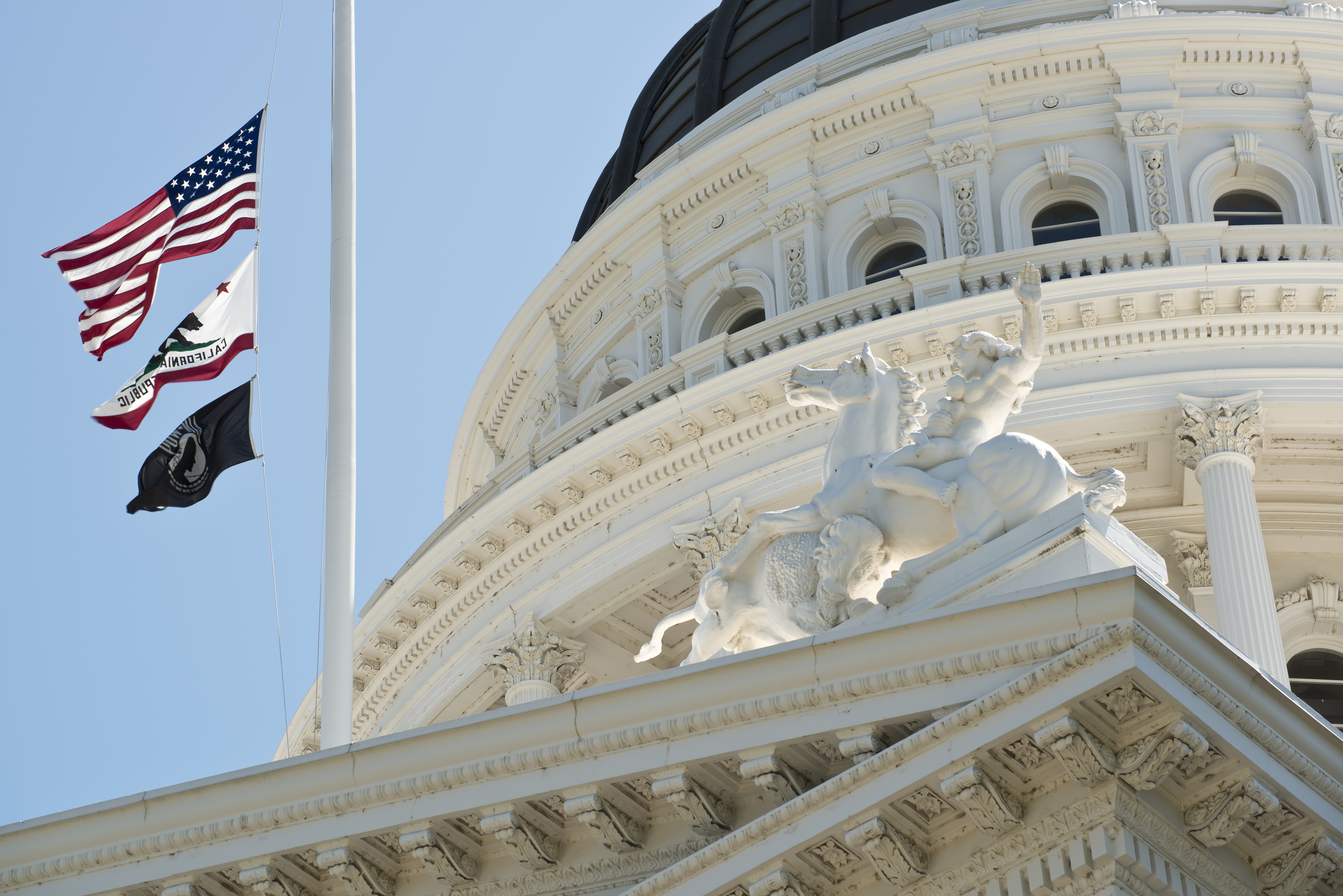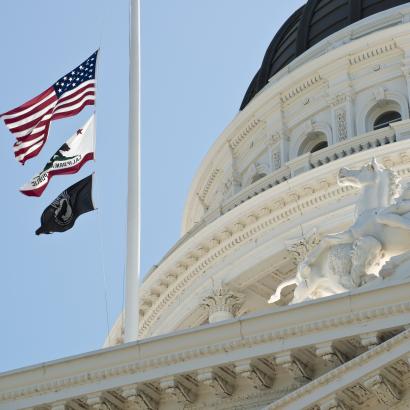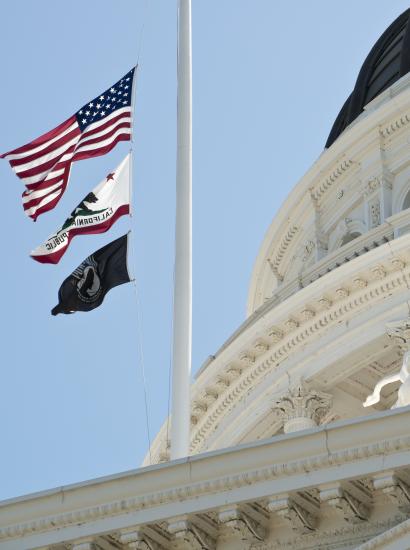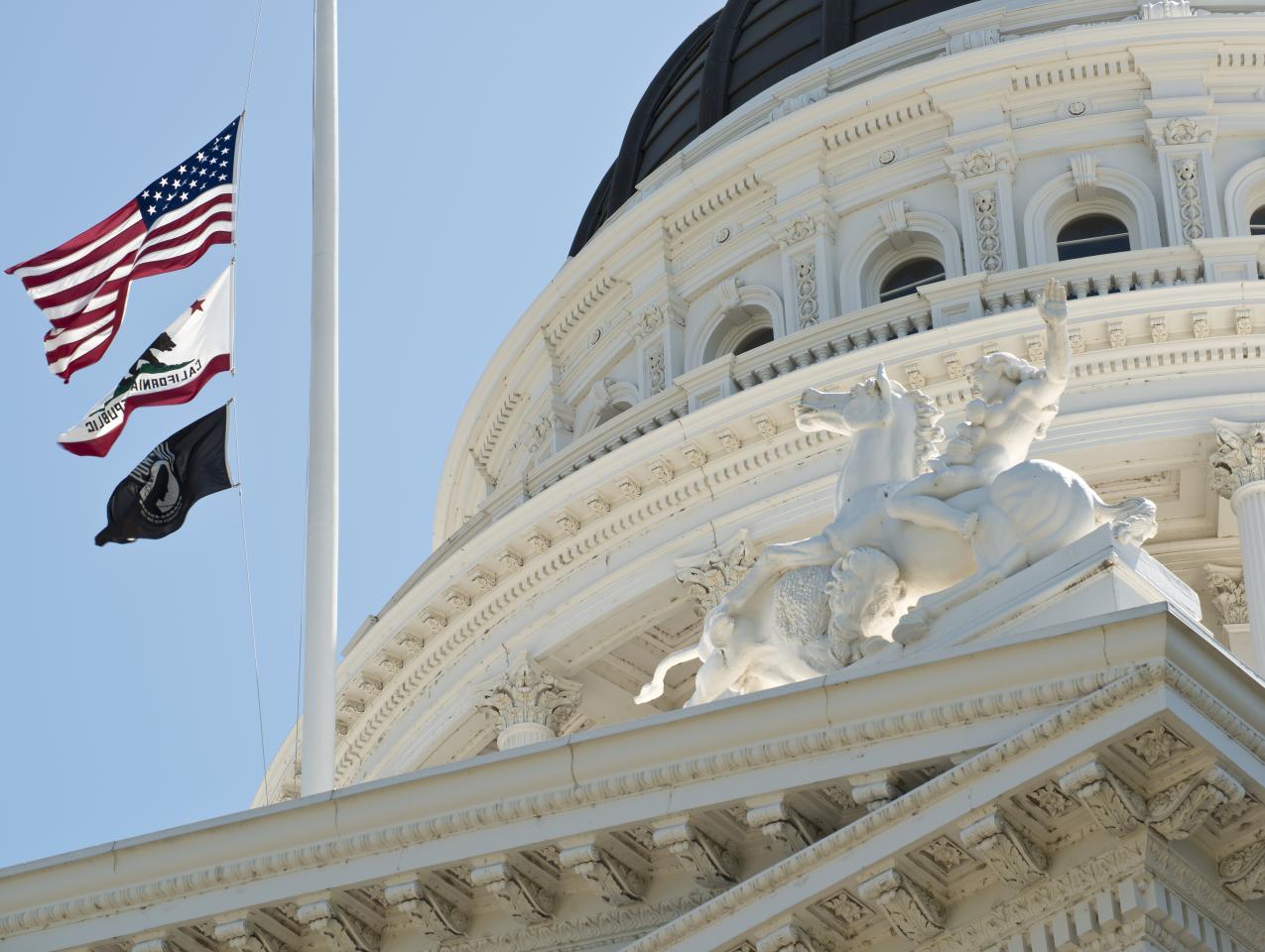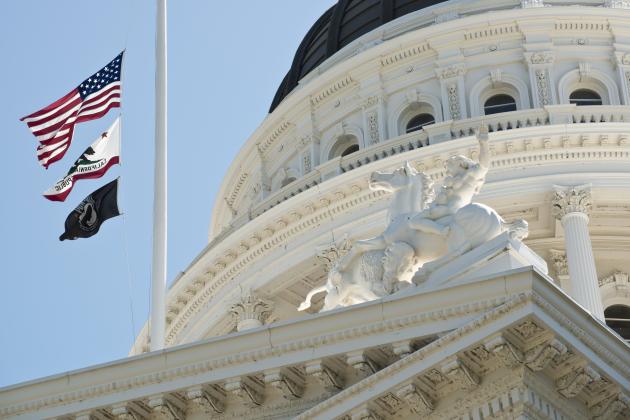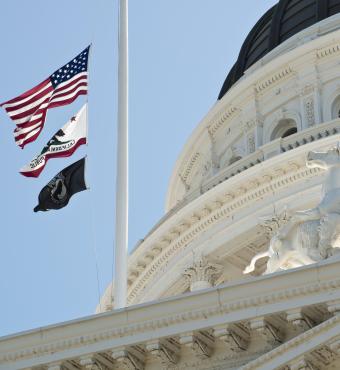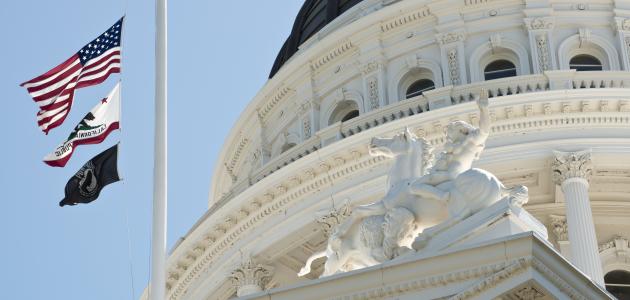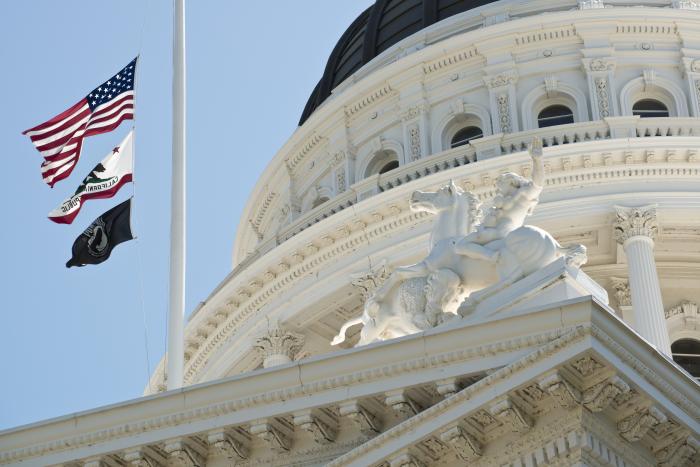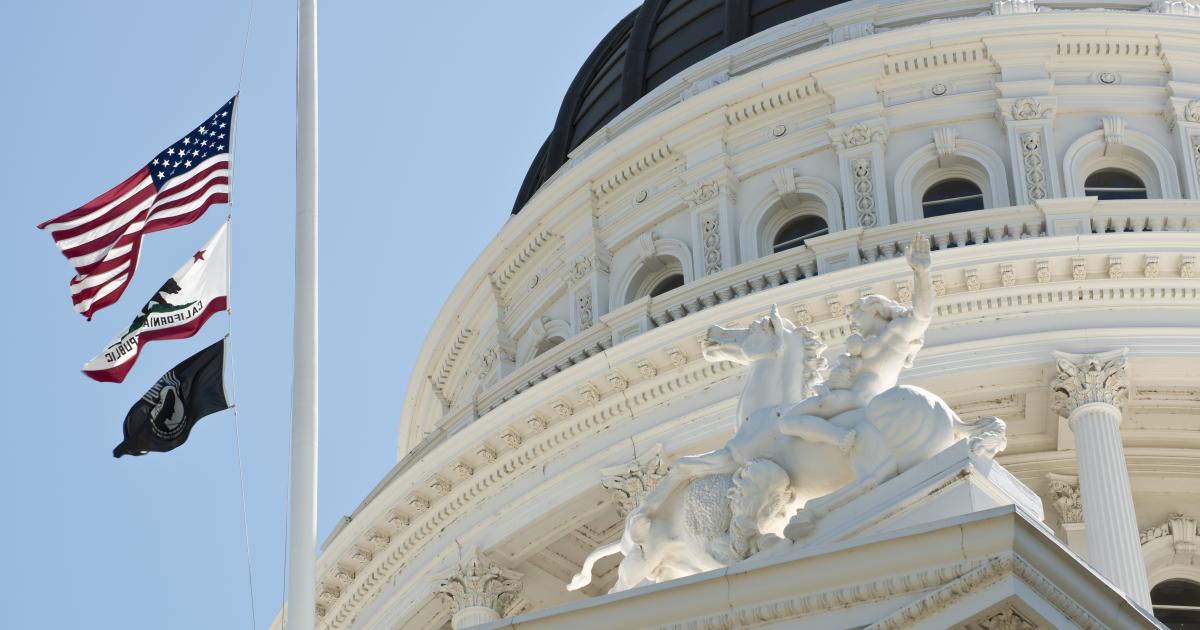- Politics, Institutions, and Public Opinion
- Campaigns & Elections
- The Presidency
- Congress
- State & Local
- Law & Policy
- Civil Rights & Race
There are still a number of uncounted ballots left to tally in California, but preliminary results allow for plenty of reflection.
Voters Had No Reason To Turn Out: In July 2014, I predicted that November turnout likely be in the low- to mid-40’s, a historic low. On Monday, Field Poll predicted turnout of 46.1%. Both of us were too optimistic. As of November 5th at 5:12 PM, statewide turnout is just 30% (it’ll increase as uncounted ballots are tallied, but not by 16 points). There was no appealing reason to vote in this election. Jerry Brown didn’t run a campaign for re-election. In fact, he went out of his way to not talk about his vision for a historic 4th term. His challenger, Neel Kashkari, was very willing to tell anyone who would listen about his clear vision, but he raised just $6.2 million between January and mid-October 2014 – nowhere near enough to get his message out to California’s 17 million registered voters. And while the Secretary of State and Controller’s races were competitive (despite the Republican candidates, again, being massively out-spent), voters don’t come out to vote for down-ballot offices. Ballot propositions can drive up turnout, but none of 2014’s six ballot propositions was in a position to do that. And that is very clear by their decisive victories or defeats; as of November 5th at 5:12 PM, Propositions 1, 2, and 47 won by an average of 29 points, while Propositions 45, 46, and 48 lost by an average of 25 points. Voters have to prioritize their time, and without competitive elections, voting falls down the list.
Jerry Brown’s Less Than Resounding Victory: Yes, as of November 5th at 5:12 PM, he was leading Kashkari by 17 points, but let’s put that number in perspective. Brown had universal name recognition, an under-funded opponent, and arguably, a successful second 1st term. But he only performed 3 points better than 2010, when he beat Meg Whitman (among the two-party vote) by 14 points. In 2010, 5.4 million Californians voted for Brown. In 2014, so far, 5.2 million Californians voted for both Brown and Kashkari. And while Brown’s percentage margin increased, the vote margin decreased by almost 400,000 votes.
Now, let’s compare this to Brown’s first re-election in 1978, when he beat Republican state Attorney General Evelle Younger by 14 points (among the two-party vote). While tigher than 2014’s 17 point victory, Kashkari was an under-funded, first-time candidate while Younger was a sitting statewide official. Taking a look at the two maps is also telling. In 1978, Brown lost just 8 counties, scattered haphazardly across the state. In 2014, Brown won the coastal counties from Los Angeles to Humboldt and a random inland county here and there, while Kashkari won the inland counties with Orange and San Diego representing the only Republican coastal victories. This isn’t entirely about Brown; the coastal vs. inland political breakdown isn’t new. But it does showcase that even against a challenger who couldn’t advertise statewide for more than a week or two, Brown still couldn’t win over Orange and San Diego counties or the inland communities like he managed to in 1978.
And all of this likely affected some down-ballot races. Brown beat Meg Whitman in 2010 by almost 6 points in AD 16, where Republicans appear to have won their first Bay Area seat since 2008, and won by 12 points in SD 14, where Democrats failed to beat incumbent Senator Andy Vidak, which would have given them the supermajority. A win is a win, but there is little reason to believe Brown couldn’t have won by a margin similar to Dianne Feinstein’s 25 point win in 2012, also against an under-funded and unknown Republican challenger.
One Small Step for Republican Competitiveness: A dominant story nationwide was the Republican Party’s ability to pick up seats in Democratic or Democratic-leaning territory from Colorado to Illinois to Massachusetts and Maryland. But while California Republicans didn’t win any marquee statewide races, the Golden State Republicans in 2014 made up substantial ground compared to their previous election year results. Republican candidates for Secretary of State and Controller are currently down just 5 points with about 47% of the vote. The last time a Republican, down-ballot, did this well was in 2006 when incumbent (appointed) Secretary of State Bruce McPherson narrowly lost election for a full term.
As I laid out in October, in House races, Republicans saw a 14 point shift away from them between the 2012 primary and 2012 general elections in competitive seats. In the Assembly, the shift was 22 points, and in the Senate, it was 15 points. These shifts led to three incumbent Congressional Republicans losing and Democratic legislative supermajorities. In 2014, Republicans easily prevented sustained supermajorities (beating a Democratic legislative incumbent for the first time since 1994), and currently, appear likely defeat a few Democratic Congressional incumbents. Indeed, if we compare the 2014 primary results to the 2014 general, preliminary results, Republicans significantly closed the gap compared to 2012. The shift for Congressional races was just 7 points (half the shift from 2012). If we include the surprisingly competitive CA 9, CA 16, and CA 24, the shift falls to just 4 points. Assembly Republicans actually benefited from a 7.5 point shift – a swing of almost 30 points from 2012. And in the Senate, there was just a 6 point shift away from Republican, an improvement of 9 points from 2012. Democrats still command strong majorities in the legislature and Congressional delegation, but after two election cycles of taking backward steps, the Republican Party appears to have begun moving forward.
In the coming weeks, as the results are finalized and the dust settles, Eureka will feature more analysis. But this much is already clear; while California remains under one-party rule, voters continue to be apathetic about California’s progress and that presents an opening for the opposition if it can regain its footing.
Follow Carson Bruno on Twitter: @CarsonJFBruno.
Carson Bruno, a Hoover Institution research fellow, studies California's political and policy landscape.







